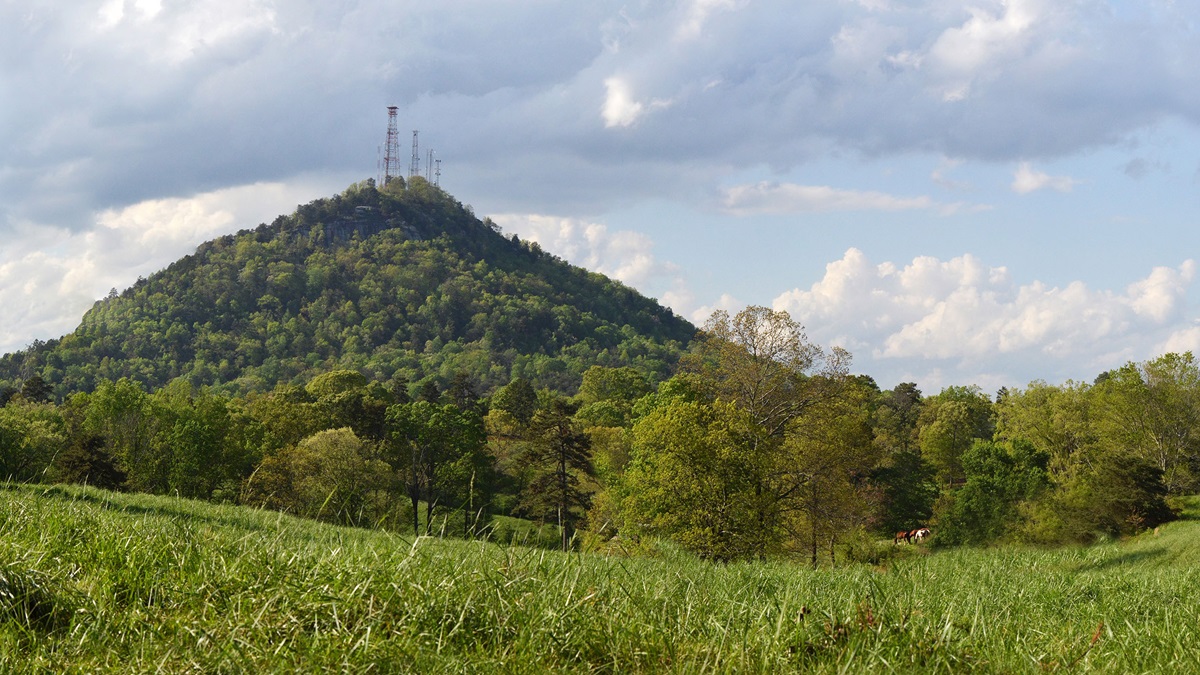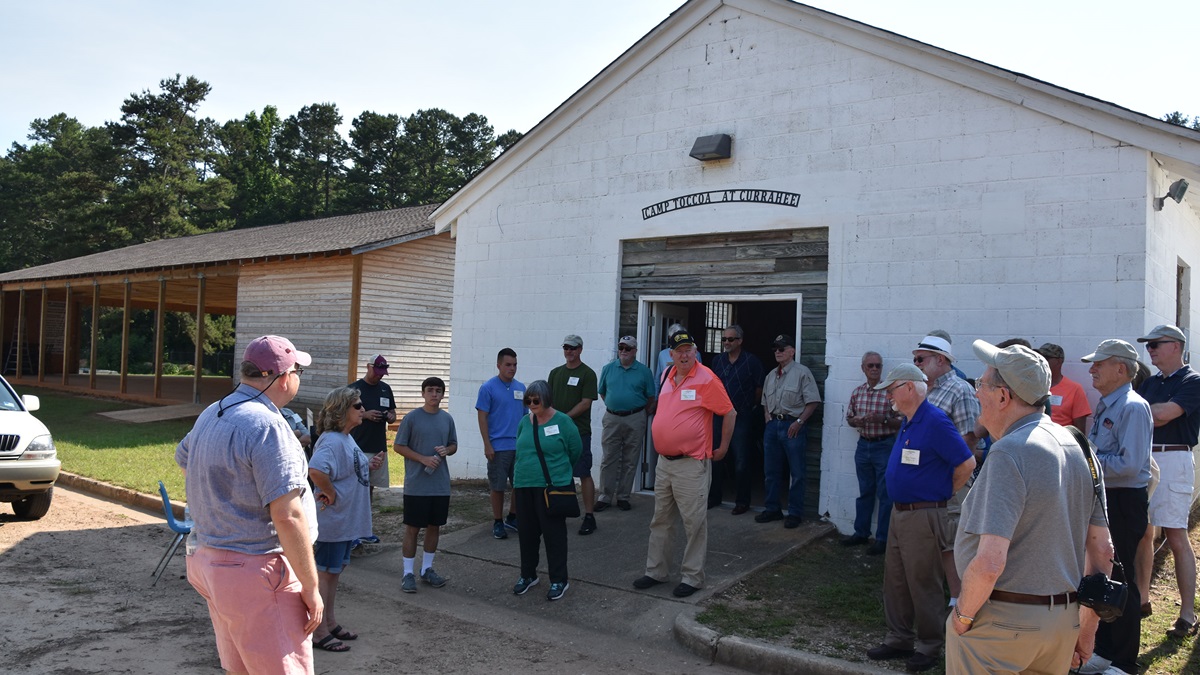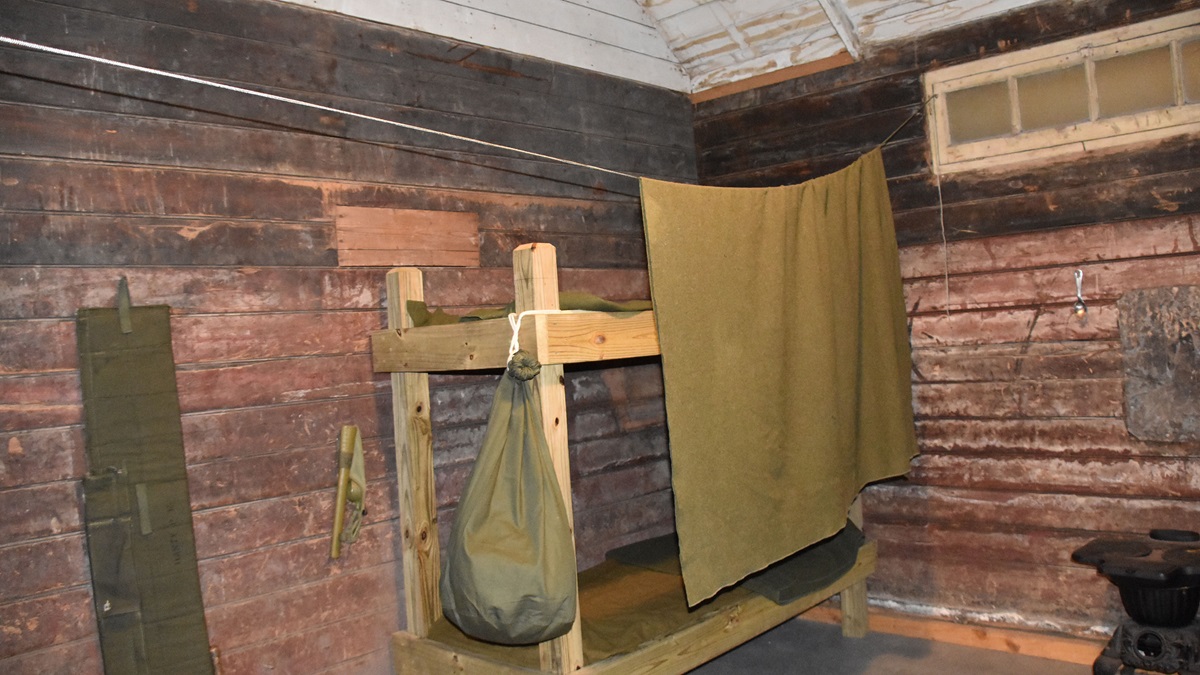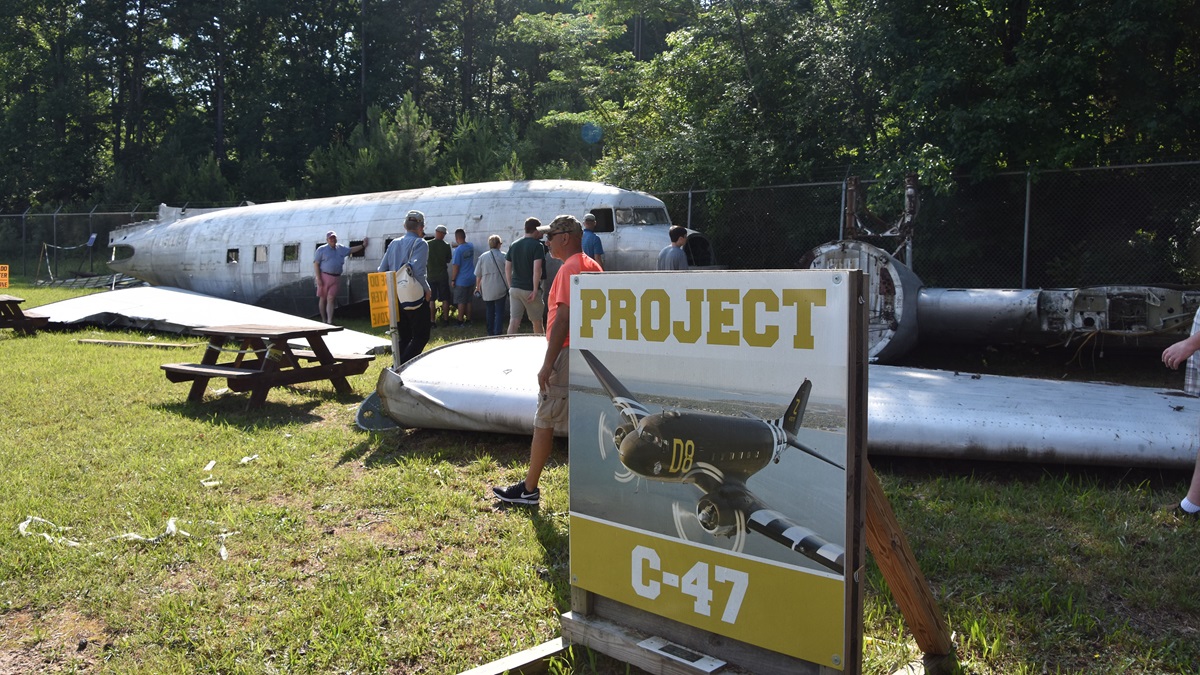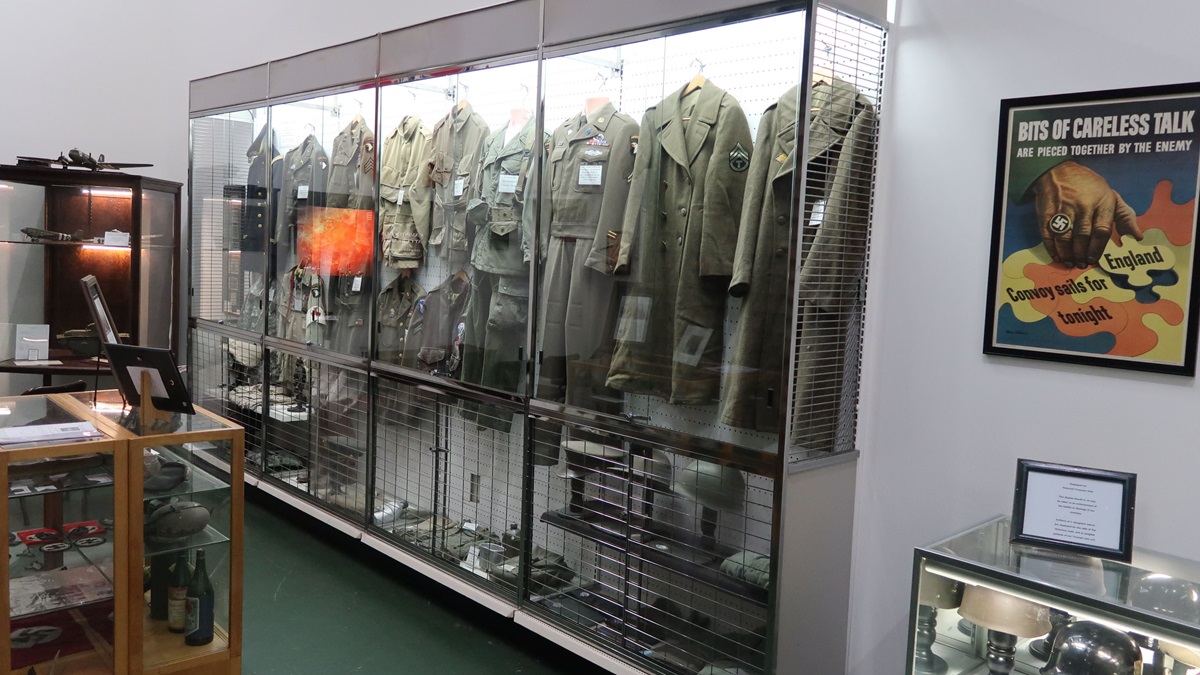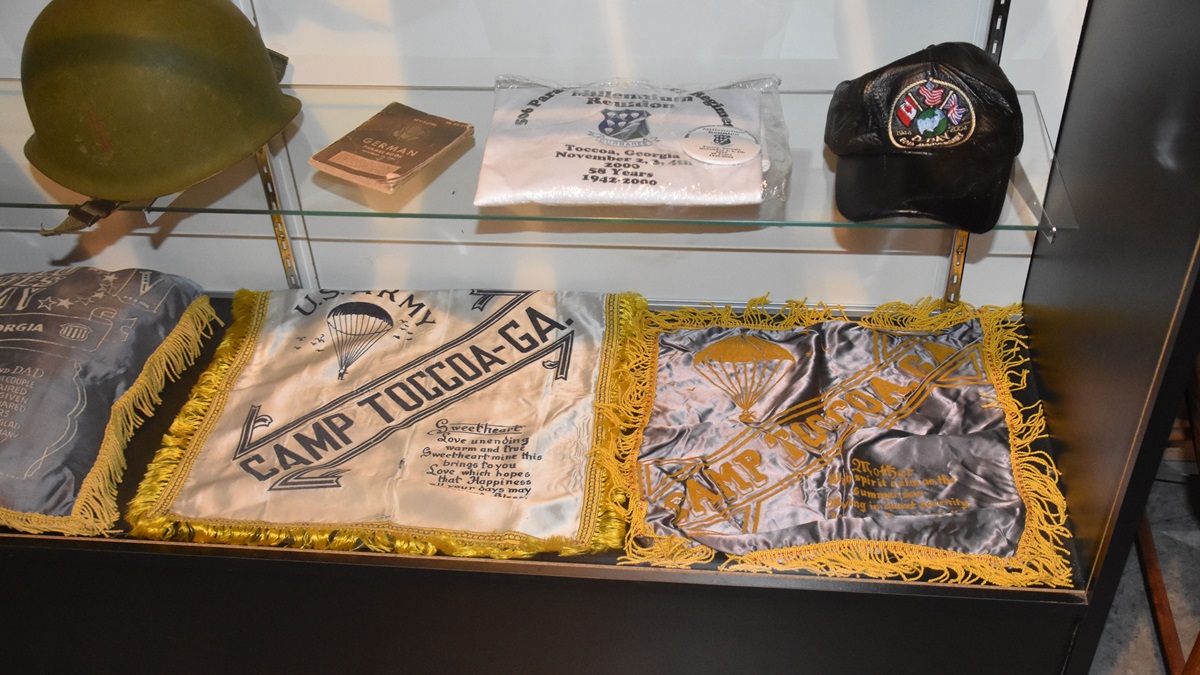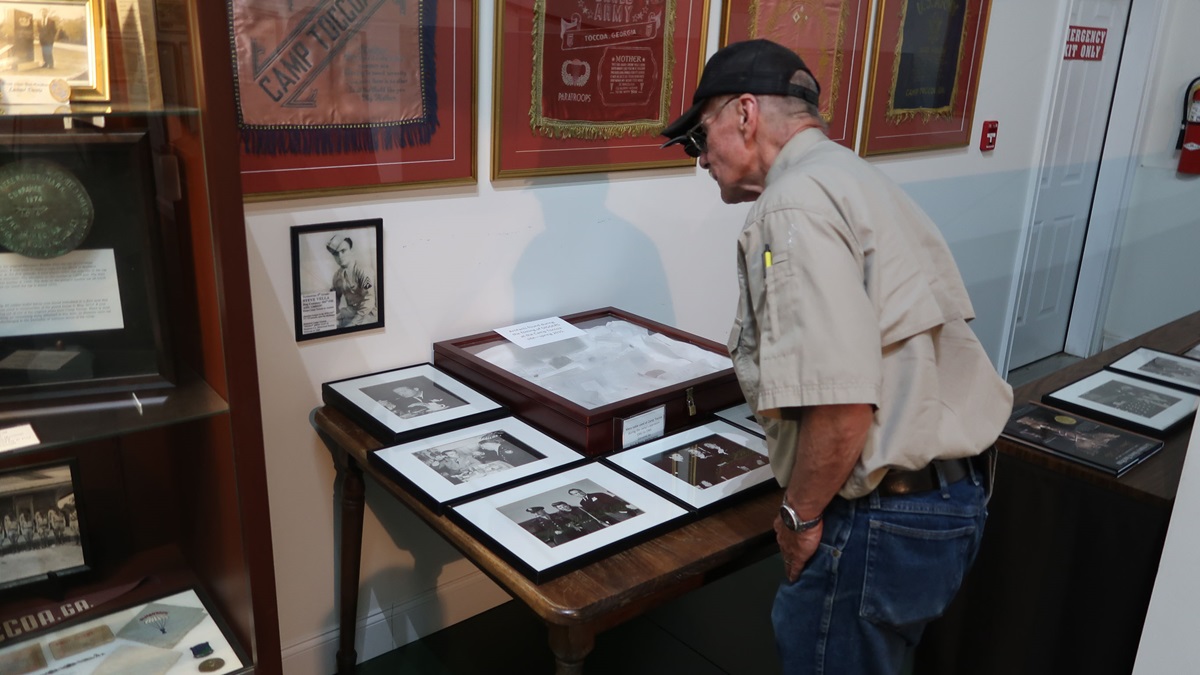Go back in time at Easy Company training grounds
Toccoa, Georgia
Could you have qualified to become a World War II paratrooper? You can find out if you fly to Toccoa, Georgia, and challenge Currahee Mountain.
Following the 2001 debut of Band of Brothers, the 10-part HBO mini-series based on the 1992 Stephen Ambrose book of the same name, millions became familiar with the World War II history of “Easy Company,” 2nd Battalion, 506th Parachute Infantry Regiment of the 101st Airborne Division.
Retracing the famous “three miles up and three miles down” Currahee Mountain running course is a popular challenge today. Back then, it was one of the best ways to eliminate recruits who weren’t up to airborne standards. Those who dropped out of a run for any reason were automatically disqualified from the elite program and sent to a regular infantry unit. Of approximately 18,000 volunteers who arrived for three months of initial training at Camp Toccoa, about 6,000 completed the rigorous course and later earned their jump wings at Fort Benning, Georgia.
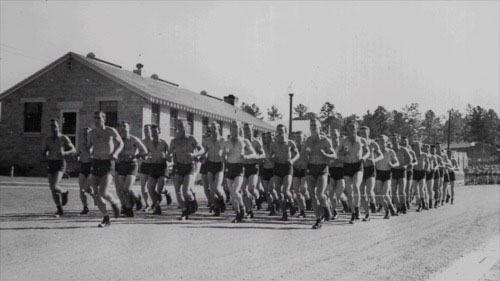
Easy Company played an important role in the D-Day invasion after parachuting behind enemy lines and taking out four German howitzers that were firing on Allied troops as they landed on Utah beach.
Company E went on to fight in Operation Market Garden, the Battle of the Bulge at Bastogne, and other crucial engagements. In addition, they liberated a Nazi concentration camp. With very few breaks and despite heavy casualties, their combat role continued until Germany’s surrender in 1945.
The city of Toccoa and the Stephens Country Historical Society are working to preserve the history of Camp Toccoa and Currahee Mountain. The area has become a popular destination for historians, tour groups, reunions, and especially veterans returning to visit their temporary “home” during training.
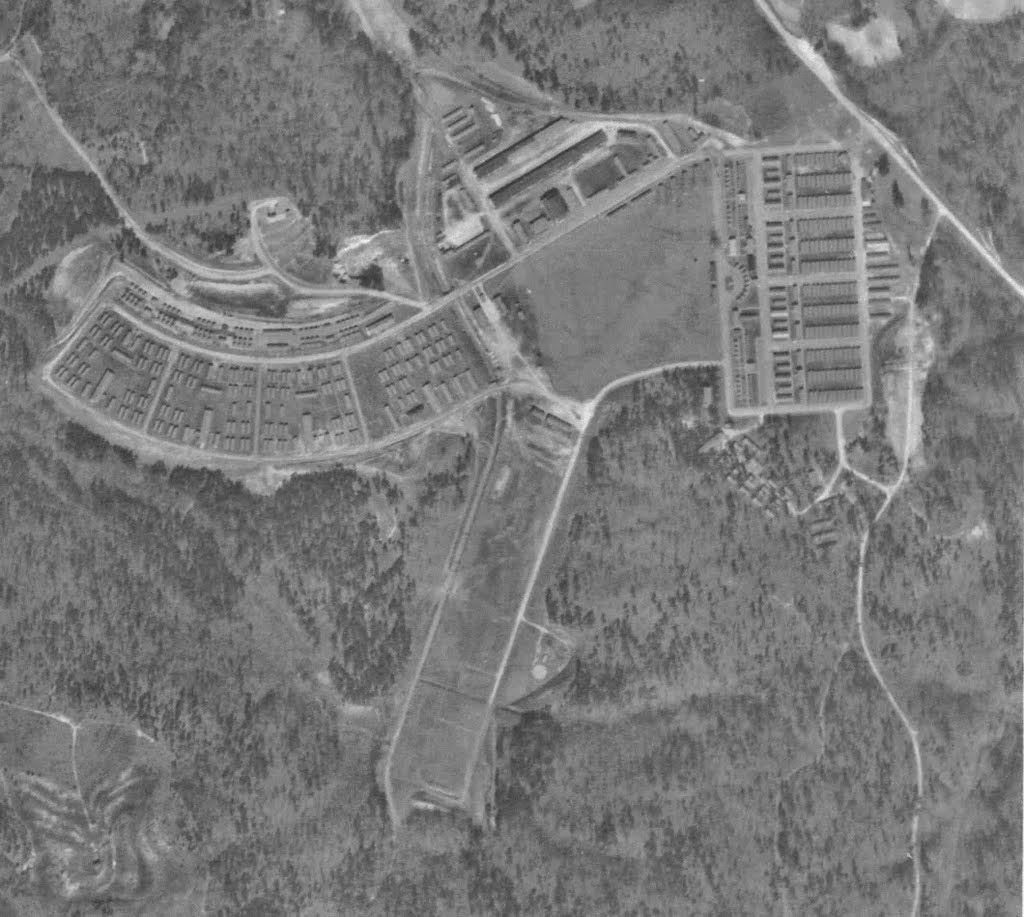
Very few “Toccoa men” are still alive to tell their story. However, a group of locals is working to reconstruct some parts of the camp, which was largely dismantled following the war.
Meanwhile, the Currahee Military Museum is well-established and hosts around 20,000 visitors a year. Located at the restored Toccoa train depot, it houses photos, documents, and memorabilia of the World War II paratroopers.
In early June we were fortunate to tag along with one of the quarterly Stephen Ambrose Band of Brothers Historical Tours, which brought a bus load of 22 people from all over the country to see where Easy Company first trained.
Led by historian Chris Anderson, the group was on the first day of a two-week international trip following the company’s history from Georgia to England, France, Holland, Belgium, and Germany. Having personally interviewed many Easy Company veterans over the years, Anderson has an encyclopedic knowledge of their history.
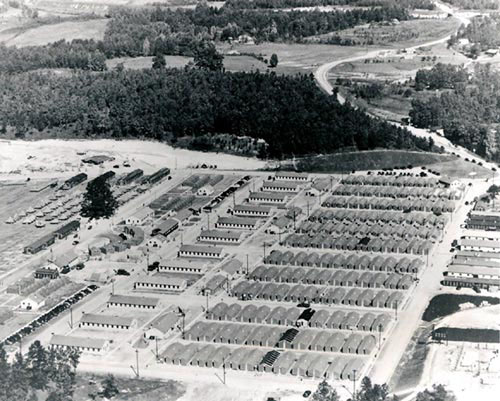
Since the road up Currahee Mountain is too rough for a bus, museum volunteers provided cars to transport the tour group to the summit, which abruptly rises 800 feet above the surrounding area. Currahee is a Cherokee Indian word for “stands alone,” and instead of the more traditional war cry of “Geronimo,” paratroopers trained at Toccoa shouted “Currahee” as they bailed out.
Foot races are often held on the mountain, and on the hot summer morning of our visit, we saw several hikers with families and at least one runner huffing up the hill.
If you’d like to see if you’ve got what it took to be a World War II paratrooper, mark the weekend of Oct. 4 through 7 on your calendar. Those are the dates of the annual Currahee Military Weekend, which includes a 7 a.m. “Challenge Run” up and down the mountain.
Other less-strenuous options include a USO Swing Dance and living history displays. In addition, a Saturday night banquet will feature Anderson as guest speaker.
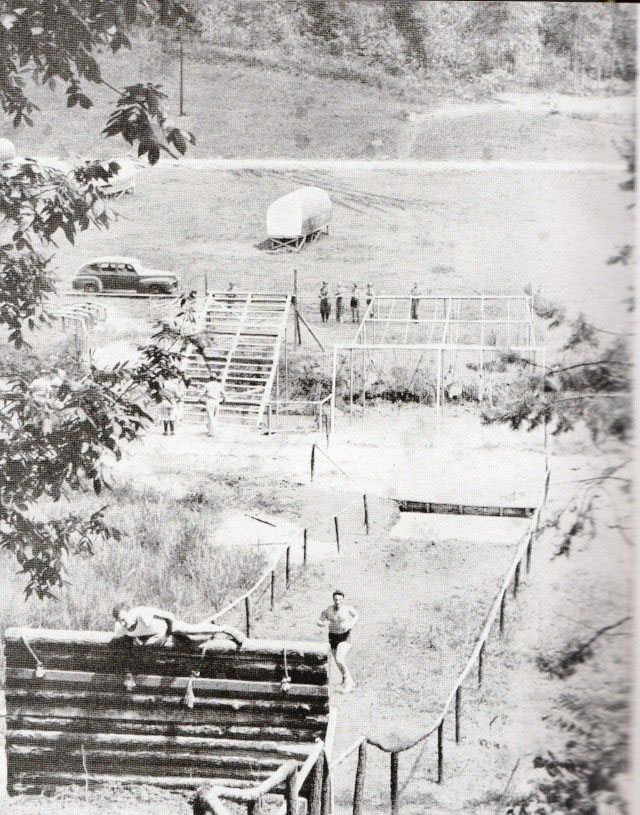
The Toccoa area has much to offer in addition to its World War II connection, and it’s worth staying for a couple of days. The downtown area has retained its charm, and a variety of shops and three locally owned restaurants are within a block and a half of the museum.
A local natural history museum is located on the campus of Toccoa Falls College, only two miles from the Currahee Military Museum, and, at 186 feet tall, Toccoa Falls is higher than Niagara Falls. For boating and fishing, Lake Hartwell is eight miles away.
Although we did not spend the night, locals recommended a downtown bed-and-breakfast called Simmons-Bond Inn. Conventional hotel rooms are available at the Country Hearth Inn and the Quality Inn.
Summertime thunderstorms necessitated a hasty departure for home, but we are planning a return visit.
And next time, maybe we’ll even try to running up and down Currahee Mountain like Easy Company did so many times … but certainly not in combat boots. —by Tom Snow
